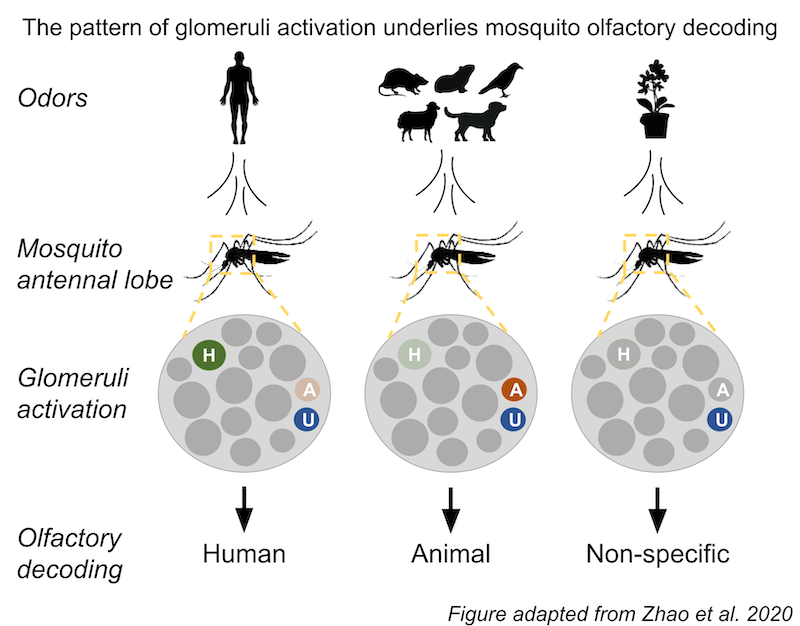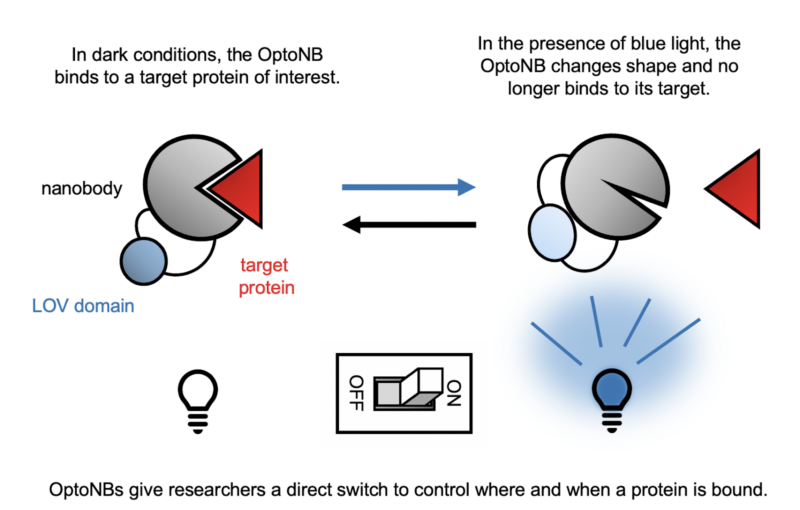
Review written by Mulan Yang (Chemistry, G3) and Brianna Hoff (Chemistry, G3)
One of the main goals of materials science is to develop new materials for fulfilling the various applications we see all around us, from the batteries required to keep our phones running to the plastics we use to store food and drinks. One particular niche is quantum materials science, which focuses on the study and development of materials whose electrons behave differently from how we would expect based on classical models. Quantum materials are especially exciting to study because they have the potential to store information in their electrons more effectively, which is the basis of quantum computing. Finding the perfect material that can be employed in quantum computers would allow tremendous data processing at incredible speeds.
Continue reading "RuI3 Like You’ve Never Seen Before: Synthesizing a New Quantum Spin Liquid Candidate"


